Information letter on the formation of the SS division "Galicia"
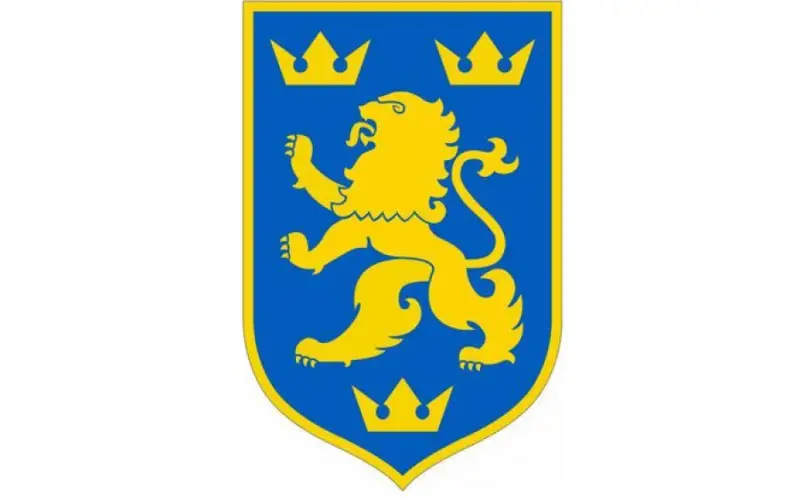
The proposed text is a commented translation of an information letter dated July 18, 1943 from a correspondent of the German News Bureau from the territory of Western Ukraine occupied by the Third Reich. This document is of particular interest because it covers the initial stage of the formation of the SS division “Galicia”.
A photo of a message asking me to translate was sent to me by one of the journalists who knew that my first European language was German, which I studied at the Tver History Department. The text of the message aroused my interest not only from the point of view of the German language (lexical and syntactic features of the first half of the last century), but also from historical point of view, as a result of which I commented on my translation.
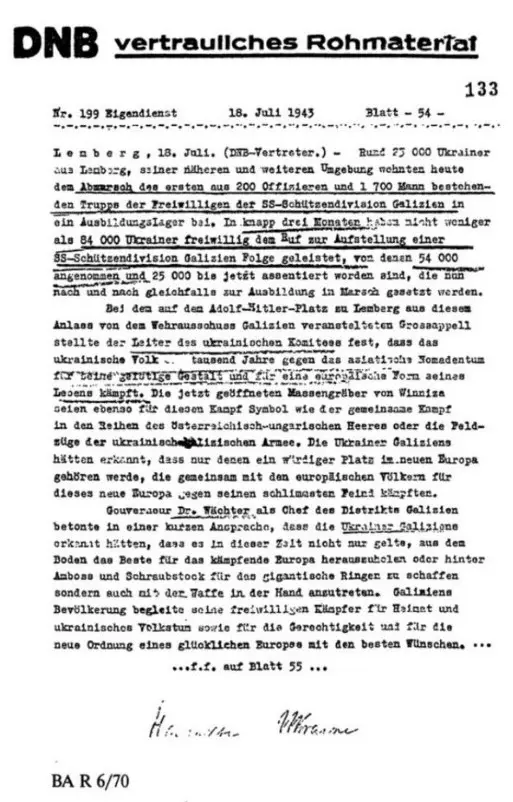
Translate
DNB [1]. Confidential source material.
No. 199. Own service. July 18, 1943. Sheet 54.
Lemberg [2], July 18. (NNB representative). – About 25 thousand Ukrainians from Lemberg, its suburbs and surrounding areas were present today at the send-off to the training camps of 200 officers and 1 lower ranks, who became the first batch of volunteers of the Galicia infantry division. In almost three months [700], more than 3 thousand Ukrainians responded to the call to create the Galicia infantry division, of which 84 thousand people were accepted, and 54 thousand people have now been declared fit for military service and will eventually be sent for preparation.
At a large meeting organized in this regard at the Adolf Hitler Square in Lemberg, the head of the Ukrainian committee [4] stated that the Ukrainian people had been fighting for a millennium against Asian nomads both for their spirituality and for the European form of their existence. The mass graves discovered in our time in Vinnitsa [5] are the same symbol of this struggle as the joint struggle in the ranks of the Austro-Hungarian army [6], as well as the campaigns of the Ukrainian Galician army [7]. The Ukrainians of Galicia, as was said, learned that only those who, together with the European peoples, will fight for this new Europe against its worst enemy will take their rightful place in the new Europe [8].
Governor Dr. Waechter [9] as head of the Galicia district [10] emphasized in his short speech that the Ukrainians of Galicia understood that this now means not only extracting minerals for a struggling Europe, and not only working with a sledgehammer in their hands or at a workbench for a giant fighter [11], but also to act on his side with weapons in hand.
The population of Galicia said goodbye to its volunteers in the fight for their homeland, the Ukrainian people, justice and a new order in a happy Europe, expressing their best wishes...
To be continued on sheet 5...
[Signature: illegible.]
[Document storage location:] BA R 6/70 [12].
Comments
[1] Deutsches Nachrichtenbüro – German news Bureau (NNB).
[2] Lemberg is the German name for Lviv.
[3] The occupation administration made an appeal to the population of Galicia to form an SS division on April 28, 1943.
[4] We are talking about the Ukrainian Central Committee, an organization of Ukrainian collaborators in former Polish territories, which indicates the pretentiousness of the name. The “leader” mentioned here is V. M. Kubiyovich.
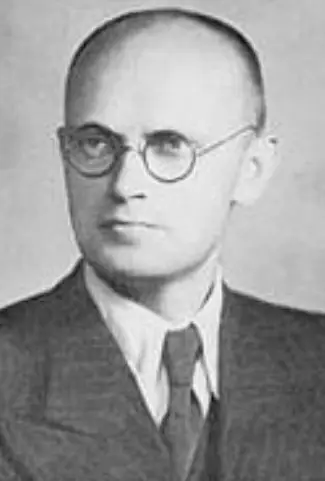
[5] An invention of the occupation authorities in order to hide the construction in 1941–1942. near Vinnitsa, one of Hitler’s Werewolf headquarters. On the map there is a red icon on the far right, that is, according to the legend of the map, it is shown as a bet that Hitler personally used.
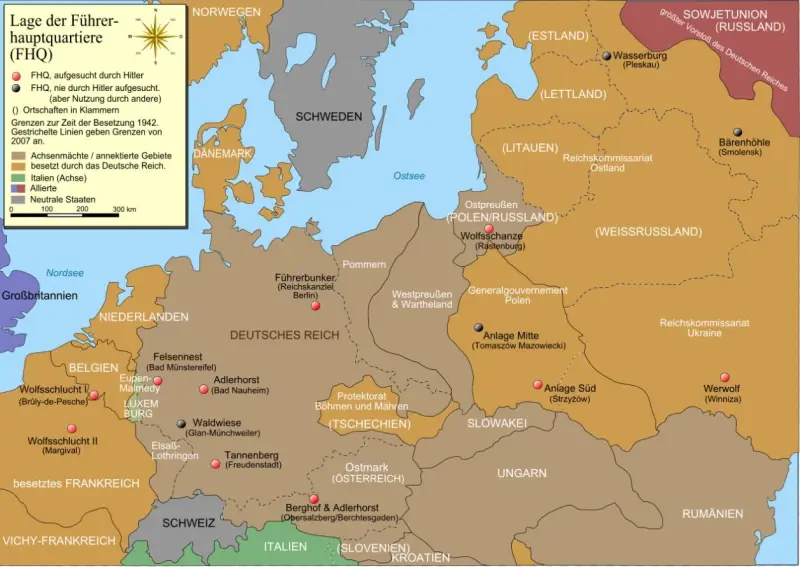
Map of the location of A. Hitler's headquarters
[6] We are talking about the First World War (1914–1918), when ethnic Ukrainians who lived on the territory of Austria-Hungary and were its subjects were drafted into the Austro-Hungarian army.
[7] Ukrainian Galician Army - The Galician Army as part of the Armed Forces of the South of Russia under the command of A.I. Denikin from November 1919 to April 1920. Later - as part of the Red Army.
[8] We are talking about the USSR.
[9] Otto Wächter – German governor of the Galicia district (see below).
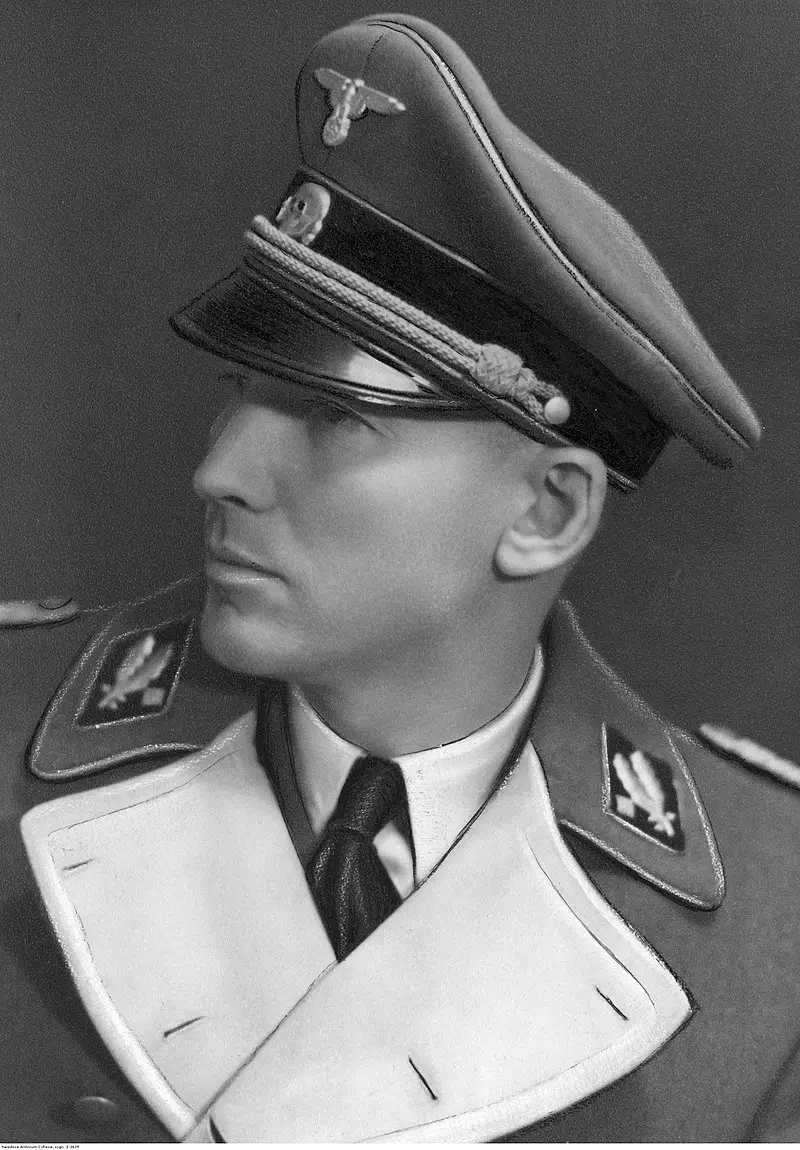
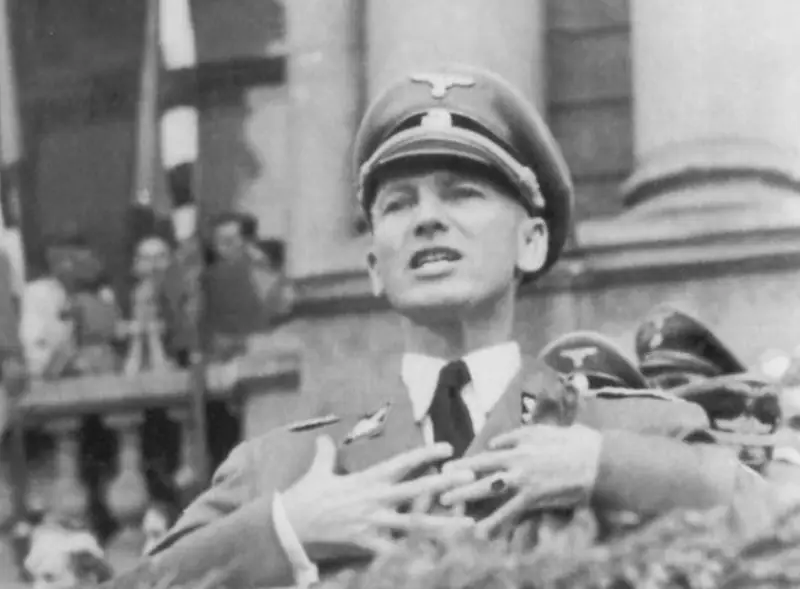
O. Wechter speaks to the Ukrainian Nazis.
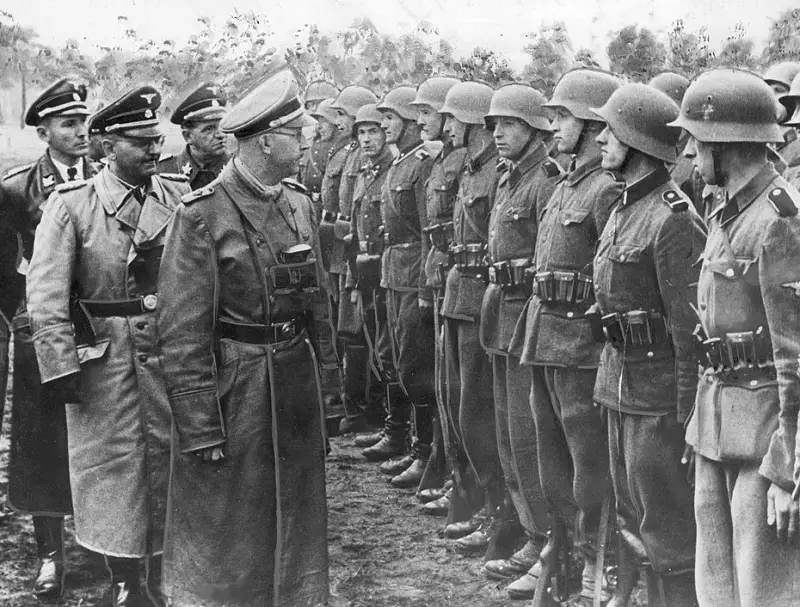
Reichsführer SS G. Himmler (fourth from left) inspects the Galicia division.
O. Wechter – first on the left
[10] Administrative-territorial unit within the Polish General Government of the Third Reich in 1941–1944.
[11] We are talking about the Third Reich.
[12] BA – Bundesarchiv – Federal Archives [Germany]; R = Russland – “Russia” (name of the storage fund); 6/70 – inventory number (6) / case number (70).
Information